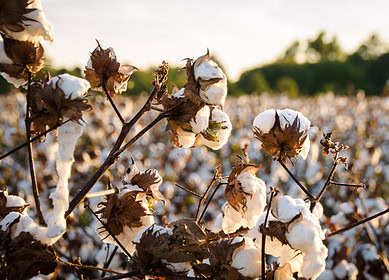EPA finalizes comprehensive plan for herbicide regulation

On August 20, the U.S. Environmental Protection Agency (EPA) released its final Herbicide Strategy, marking a significant step in protecting over 900 federally endangered and threatened species from the impacts of herbicides. This strategy represents a pivotal development in the EPA’s efforts to balance environmental conservation with the practical needs of farmers and other pesticide users.
The strategy, which incorporates extensive feedback from agricultural stakeholders, is designed to reduce herbicide exposure to vulnerable species during both new registrations and the review of existing herbicides. The EPA emphasizes that this approach not only protects listed species but also ensures that farmers retain access to essential herbicides, thereby minimizing uncertainty in agricultural operations.
According to the EPA, the final strategy reflects a shift in how the agency meets its Endangered Species Act obligations by identifying necessary protections earlier in the pesticide review process. This method allows for more efficient protection of listed species while reducing the uncertainty that farmers face regarding the availability of certain herbicides.
Focusing on conventional herbicides used across the lower 48 states—where application is most prevalent—the strategy is built on data from the USDA’s 2022 Census of Agriculture, which indicates that approximately 264 million acres of cropland were treated with herbicides. The strategy primarily addresses species listed by the U.S. Fish and Wildlife Service (FWS), while impacts on species listed by the National Marine Fisheries Service are being managed through a separate initiative.
A notable feature of the strategy is its flexibility, allowing farmers to implement tailored mitigation measures. Compared to the draft, the final strategy includes a broader range of options, particularly for those who have already adopted practices to reduce pesticide runoff, such as the use of cover crops, conservation tillage, windbreaks, and adjuvants. The EPA notes that for some practices, such as the use of berms, no additional mitigation measures may be required.
The strategy also highlights the importance of professional guidance and participation in conservation programs. Farmers working with runoff/erosion specialists or those involved in USDA’s Natural Resources Conservation Service practices may need fewer additional mitigations, especially in regions with low runoff potential, such as the western U.S.
To assist with the implementation of these guidelines, the EPA is developing a range of resources, including a mitigation menu website and a calculator tool, both expected to be available in fall 2024. These tools will help applicators determine the most appropriate mitigation measures based on their current practices and geographic conditions. The EPA also plans to continue providing educational materials to support understanding and compliance with the strategy.
The EPA believes that by addressing potential herbicide impacts early in the registration process, the new strategy will streamline future consultations with the FWS, potentially reducing the time needed to implement necessary protections for listed species.
The final Herbicide Strategy and accompanying support documents are available for review on the EPA’s Regulations.gov page.
Enjoyed this story?
Every Monday, our subscribers get their hands on a digest of the most trending agriculture news. You can join them too!













Discussion0 comments